STA/LTA
- 长视窗短时窗算法
理论基础
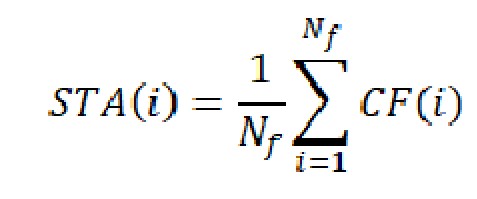
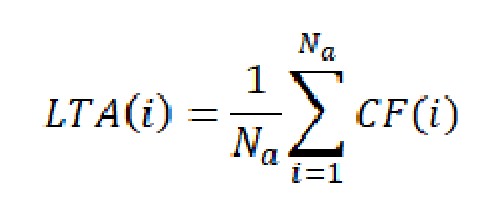
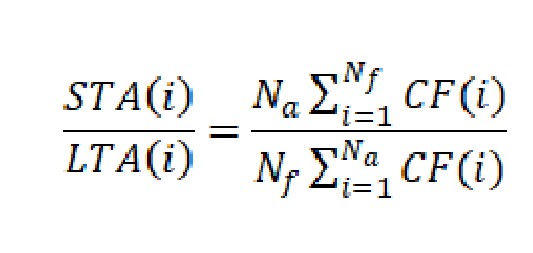
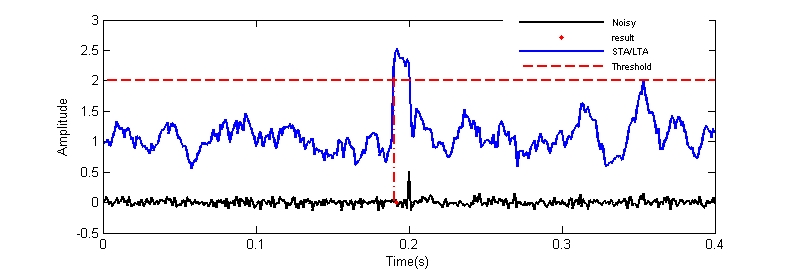
代码实现
#include <bits/stdc++.h>
using namespace std;
struct SegyReelHdrStruct
{
char comment[3200];
long int jobid;
long int lino;
long int reno;
short int ntrpr;
short int nart;
short int hdt;
short int dto;
short int hns;
short int nso;
short int format;
short int fold; /* CDP fold expected per CDP ensemble */
short int tsort;
short int vscode;
short int hsfs; /* sweep frequency at start */
short int hsfe; /* sweep frequency at end */
short int hslen; /* sweep length (ms) */
short int hstyp;
short int schn; /* trace number of sweep channel */
short int hstas;
short int hstae;
short int htatyp;
short int hcorr; /* correlated data traces code:1 = no 2 = yes */
short int bgrcv; /* binary gain recovered code: 1 = yes 2 = no */
short int rcvm;
short int mfeet; /* measurement system code: 1 = meters 2 = feet */
short int polyt;
short int vpol;
short int hunass[170]; /* unassigned */
};
struct SegyTraceHdrStruct
{
long int tracl; /* trace sequence number within line */
long int tracr; /* trace sequence number within reel */
long int fldr; /* field record number */
long int tracf; /* trace number within field record */
long int ep; /* energy source point number */
long int cdp; /* CDP ensemble number */
long int cdpt; /* trace number within CDP ensemble */
short int trid;
short int nvs;
short int nhs;
short int duse; /* data use: 1 = production 2 = test */
long int offset;
long int gelev;
long int selev;
long int sdepth; /* source depth below surface (positive) */
long int gdel; /* datum elevation at receiver group */
long int sdel; /* datum elevation at source */
long int swdep; /* water depth at source */
long int gwdep; /* water depth at receiver group */
short int scalel;
short int scalco;
long int sx; /* X source coordinate */
long int sy; /* Y source coordinate */
long int gx; /* X group coordinate */
long int gy; /* Y group coordinate */
short int counit;
short int wevel; /* weathering velocity */
short int swevel; /* subweathering velocity */
short int sut; /* uphole time at source */
short int gut; /* uphole time at receiver group */
short int sstat; /* source static correction */
short int gstat; /* group static correction */
short int tstat; /* total static applied */
short int laga;
short int lagb;
short int delrt;
short int muts; /* mute time--start */
short int mute; /* mute time--end */
unsigned short int ns; /* number of samples in this trace */
unsigned short int dt; /* sample interval; in micro-seconds */
short int gain;
short int igc; /* instrument gain constant */
short int igi; /* instrument early or initial gain */
short int corr; /* correlated: 1 = no 2 = yes */
short int sfs; /* sweep frequency at start */
short int sfe; /* sweep frequency at end */
short int slen; /* sweep length in ms */
short int styp;
short int stas; /* sweep trace taper length at start in ms */
short int stae; /* sweep trace taper length at end in ms */
short int tatyp; /* taper type: 1=linear, 2=cos^2, 3=other */
short int afilf; /* alias filter frequency if used */
short int afils; /* alias filter slope */
short int nofilf; /* notch filter frequency if used */
short int nofils; /* notch filter slope */
short int lcf; /* low cut frequency if used */
short int hcf; /* high cut frequncy if used */
short int lcs; /* low cut slope */
short int hcs; /* high cut slope */
short int year; /* year data recorded */
short int day; /* day of year */
short int hour; /* hour of day (24 hour clock) */
short int minute; /* minute of hour */
short int sec; /* second of minute */
short int timbas; /* time basis code:1 = local 2 = GMT 3 = other */
short int trwf;
short int grnors; /* geophone group number of roll switch position one */
short int grnofr;
short int grnlof;
short int gaps; /* gap size (total number of groups dropped) */
short int otrav;
short int unass[30]; /* unassigned -- for optional info */
};
int main()
{
FILE *f1, *f2,*f3,*f4,*f5; //定义两个文件指针变量
int i, l;
char FileName[200]; //字符数组,存放文件名
int Traces, Trace_length, Trace2read;
float *TraceData;
//printf("输入地震文件名[*.sgy]:");
//scanf("%s",FileName);
//当然上面两行,可用一个这样的语句代替:strcpy(FileName,"100.sgy");
f1 = fopen("./1.sgy", "rb"); //打开文件,打开形式为:二进制读 rb
if (f1 == NULL) //判断打开了没有,不成功就返回吧。
{
printf("Cannot open input file!\n"); //显示信息
exit(0); //退出
}
Trace2read = 430; // 要读取哪一道,可以键盘输入,为方便在这就给定了,设为第430道
Trace_length = 800; //一个地震道里面 数据的个数,可以从文件头获得,这里先拿来用了
Traces = 631; //该文件地震道的个数,也可以通过文件头里面的信息设法获得,也是先拿来用
l = 3600L + (240 + Trace_length * 4L) * (Trace2read) + 240;
fseek(f1, l, 0); //定位到那个地震道的 数据的 开始位置
TraceData = new float[Trace_length];
fread(TraceData, 4L * Trace_length, 1, f1);
fclose(f1);
f2 = fopen("raw.txt", "w");
for (i = 0; i < Trace_length; i++)
{
fprintf(f2, "%f \n", TraceData[i]);
}
fclose(f2);
f3 = fopen("noisy.txt","w+");
float a;
for (i = 0; i < Trace_length; i++)
{
a = (rand()/(float)(RAND_MAX/2.0e+37))-1.0e+37;
TraceData[i]+=a;
fprintf(f3, "%f \n", TraceData[i]);
printf("%lf \n", TraceData[i]);
}
fclose(f3);
f4=fopen("long.txt","w+");
for(i = 0; i < Trace_length; i++){
float fa=TraceData[i];
for(int j=1;j<=7;j++){
fa=fa+TraceData[i+j];
}
fa=fa/8;
fprintf(f4, "%f \n", fa);
}
fclose(f4);
f5=fopen("short.txt","w+");
for(i = 0; i < Trace_length; i++){
float fa=TraceData[i];
for(int j=1;j<=2;j++){
fa=fa+TraceData[i+j];
}
fa=fa/3;
fprintf(f5, "%f \n", fa);
}
fclose(f5);
delete TraceData;
return 0;
}
- 绘图
import matplotlib.pyplot as plt
import string
fo1 = open("C:\\Users\\13994\\Documents\\vscode\\c++\\noisy.txt", "r")
fo2 = open("C:\\Users\\13994\\Documents\\vscode\\c++\\long.txt", "r")
fo3 = open("C:\\Users\\13994\\Documents\\vscode\\c++\\short.txt", "r")
str1 = fo1.readlines()
str2 = fo2.readlines()
str3 = fo3.readlines()
cnt = 1
yl1 = [1.0]
yl2 = [1.0]
yl3 = [1.0]
yl4 = []
xl = [1]
for eachline in str1:
ct1 = float(eachline)
yl1.append(ct1)
xl.append(cnt+1)
cnt = cnt+1
cnt=1
for eachline in str2:
ct1 = float(eachline)
yl2.append(ct1)
cnt=1
for eachline in str3:
ct1 = float(eachline)
yl3.append(ct1)
for i in range(len(xl)):
yl4.append(yl3[i]/yl2[i])
print(yl4)
fo1.close()
fo2.close()
fo3.close()
plt.plot(xl,yl1,label='noisy',c='black')
plt.plot(xl,yl2,label='LTA',c='blue')
plt.plot(xl,yl3,label='STA',c='red')
# plt.plot(xl,yl4,label='STA/LTA',c='green')
plt.xlabel('time(ms)')
plt.ylabel('Aplitude')
plt.title('STA && LTA')
plt.legend()
plt.show()
AIC算法
理论基础

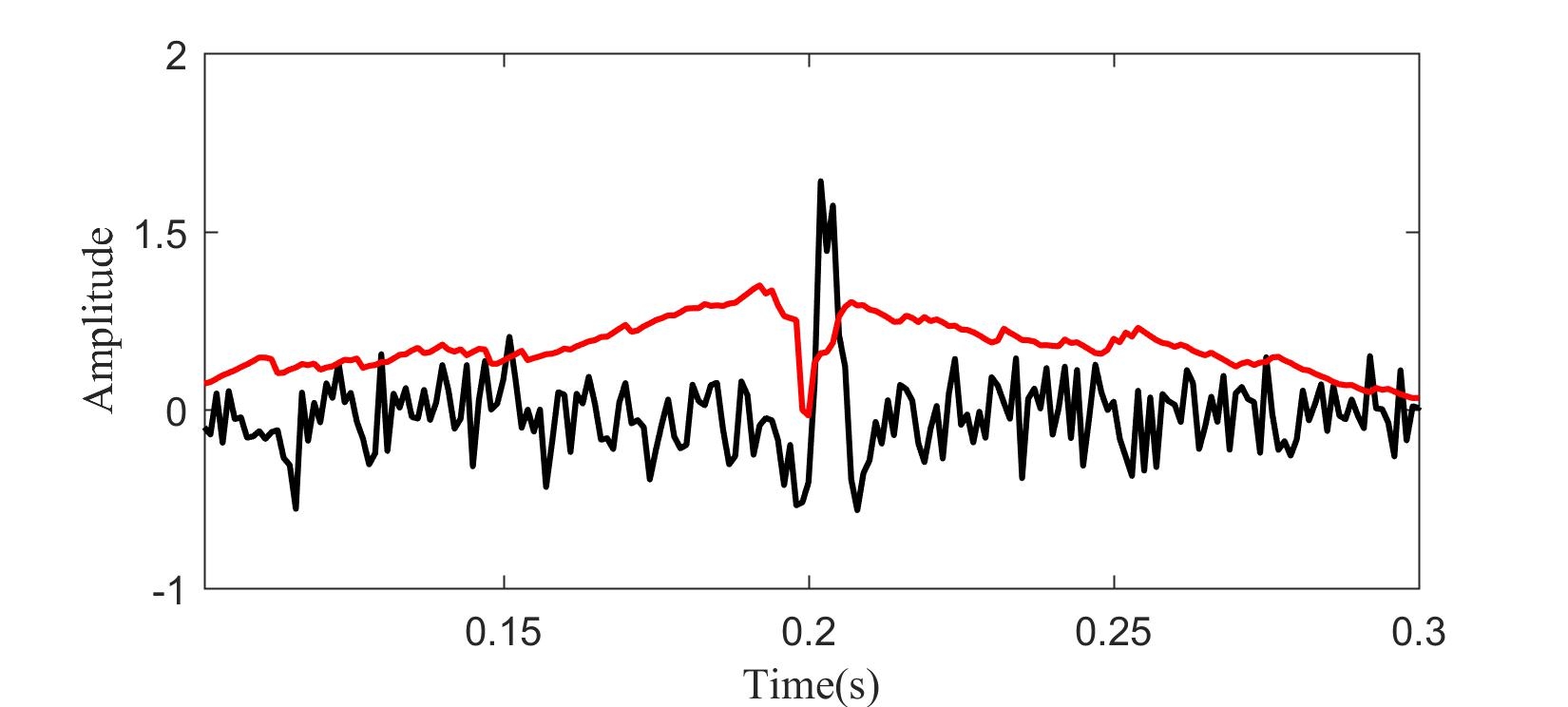
代码实现
#include <bits/stdc++.h>
using namespace std;
struct Data{
double x;
double y;
double z;
double ak;
};
double var1(double Mx,int start,int end,double x){
double ans=0;
for(int i=start;i<=end;i++){
ans+=pow((x-Mx),2);
}
return ans;
}
int main(){
Data data1[15010];
// 开始读取
ifstream in("outxyz.txt");
string filename;
string line;
int cnt=0;
double tmp;
if(in){
while (getline (in, line)){
cnt++;
stringstream ss;
ss << line;
ss >> tmp;
if(cnt%3==1){
tmp=tmp*10000;
data1[cnt/3].x=tmp;
}else if(cnt%3==2){
tmp=tmp*10000;
data1[cnt/3].y=tmp;
}else{
tmp=tmp*10000;
data1[cnt/3].z=tmp;
}
}
}
else{ cout <<"no such file" << endl; }
// 读取结束
//AIC算法
double Mx=0,My=0,Mz=0;
for(int i=0;i<=14999;i++){
Mx+=data1[i].x;
}
Mx=Mx/15000;
for(int i=0;i<=14999;i++){
double tmp3=0;
tmp3+=(i+1)*log10(var1(Mx,1,i+1,data1[i].x));
tmp3+=(15000-i-2)*log10(var1(Mx,i+2,150000,data1[i].x));
data1[i].ak=tmp3;
}
//输出结果
FILE *f1;
f1=fopen("aicout.txt","w");
for(int i=0;i<=14999;i++){
fprintf(f1,"%llf\n",data1[i].ak);
}
fclose(f1);
//输出结束
return 0;
}
- 绘图
import matplotlib.pyplot as plt
import string
fo1=open("C:\\Users\\13994\\Documents\\vscode\\c++\\aicout.txt", "r")
fo2=open("C:\\Users\\13994\\Documents\\vscode\\c++\\outxyz.txt", "r")
cnt=1
yl1 = [0] #aic曲线
yl2 = [0]
xl = [1]
# 读取aic输出数据
str1 = fo1.readlines()
for eachline in str1:
ct1 = float(eachline)
ct1=ct1/400000
ct1=ct1+0.2
yl1.append(ct1)
xl.append(cnt+1)
cnt = cnt+1
# 读取原数据s
cnt=0
str2 = fo2.readlines()
for eachline in str2:
ct1 = float(eachline)
cnt=cnt+1
if(cnt%3==1):
ct1=ct1*10000
yl2.append(ct1)
#print(ct1)
fo1.close()
fo2.close()
plt.plot(xl,yl1,label='aic',c='red')
plt.plot(xl,yl2,label='raw',c='black')
plt.xlabel('time(ms)')
plt.ylabel('Aplitude')
plt.title('Meada-AIC')
plt.legend()
plt.show()
偏振算法
理论基础
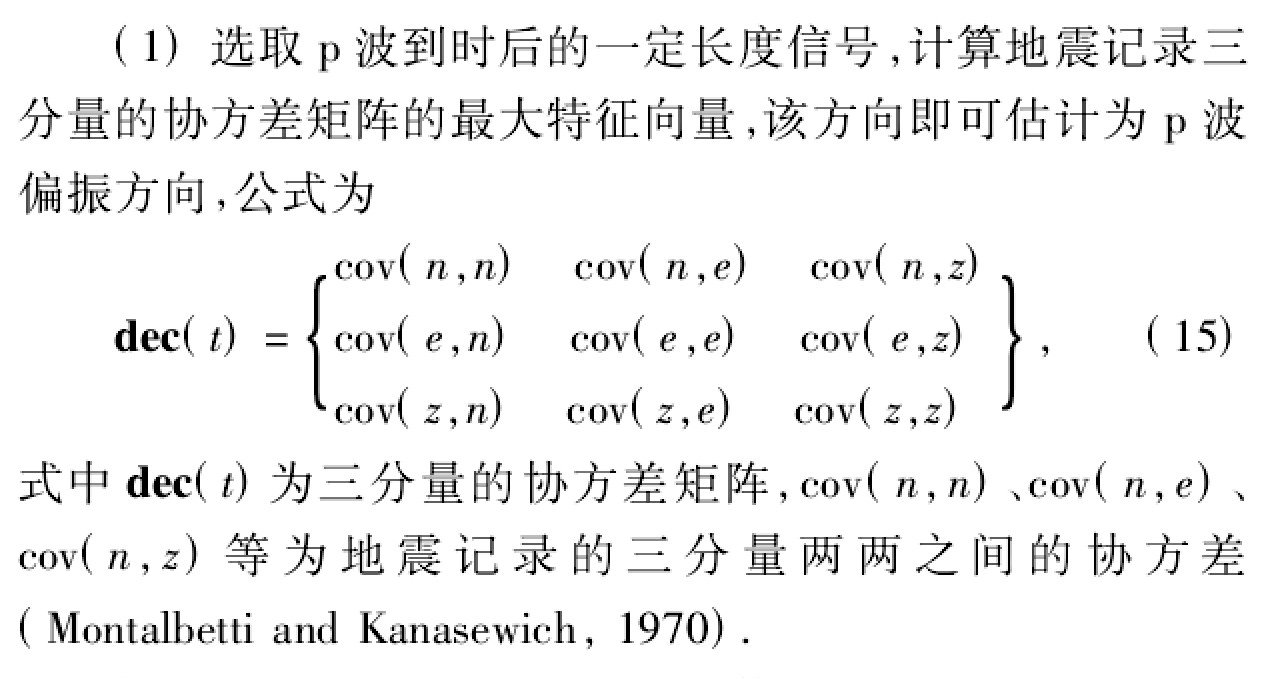
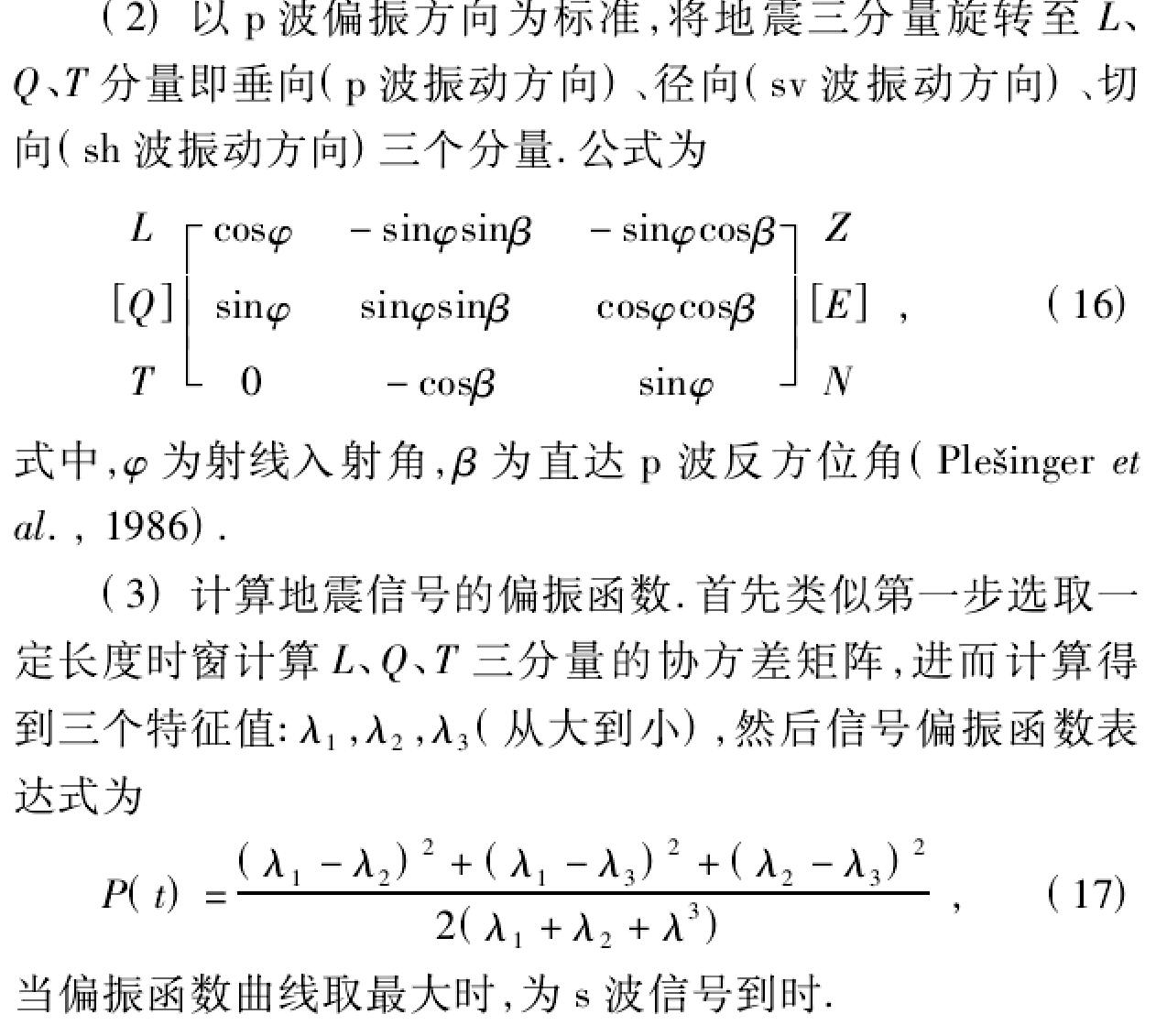
代码实现
#include <bits/stdc++.h>
using namespace std;
void multiple(double**A,double *V,int dim_x,int dim_y);
double max(double *V,int dim);
void div_matrix(double *V,int dim,double m);
struct Data{
double x;
double y;
double z;
double r1,r2,r3;
double T;
};
double tmp1[3];
void multiple(double**A,double *V,int dim_x,int dim_y){
double *tmp = (double *)malloc(sizeof(double)*dim_y);
for(int i=0;i<dim_y;i++)
tmp[i] = 0;
for(int i=0;i<dim_x;i++)
for(int j=0;j<dim_y;j++)
tmp[i] += A[i][j]*V[j];
for(int i=0;i<dim_y;i++)
V[i] = tmp[i];
free(tmp);
}
double max(double *V,int dim){
double tmp = V[0];
for(int i=1;i<dim;i++)
if(fabs(V[i]) > fabs(tmp))
tmp = V[i];
return tmp;
}
void div_matrix(double *V,int dim,double m){
for(int i=0;i<dim;i++)
V[i] /= m;
}
void tezhengzhi(double M1,double M2,double M3,double M4,double M5,double M6,double M7,double M8,double M9){
int dim_x=3,dim_y=3;
double **A,*V;
double miu0 = 0,miu1 = 10;/*just make sure to enter the loop*/
A = (double **)malloc(sizeof(double *)*dim_x);
V = (double *)malloc(sizeof(double)*dim_y);
for(int i=0;i<dim_x;i++)
A[i] = (double *)malloc(sizeof(double)*dim_y);
for(int i=0;i<dim_y;i++)
V[i] = 1;/*initialing a vector with any value*/
A[0][0]=M1;A[0][1]=M2;A[0][2]=M3;
A[1][0]=M4;A[1][1]=M5;A[1][2]=M6;
A[2][0]=M7;A[2][1]=M8;A[2][2]=M9;
while(fabs(miu1-miu0) >= 1E-17){//迭代计算精度
multiple(A,V,dim_x,dim_y);
miu0 = miu1;
miu1 = max(V,dim_y);
div_matrix(V,dim_y,miu1);
}
for(int i=0;i<dim_y;i++){//特征值输出到tmp1[N]
tmp1[i]=V[i];
}
free(V);
for(int i=0;i<dim_y;i++)
free(A[i]);
free(A);
}
int main(){
Data data1[15100];
// 开始读取
ifstream in("outxyz.txt");
string filename;
string line;
int cnt=0;
double tmp;
if(in){
while (getline (in, line)){
cnt++;
stringstream ss;
ss << line;
ss >> tmp;
if(cnt%3==1){
data1[cnt/3].x=tmp;
}else if(cnt%3==2){
data1[cnt/3].y=tmp;
}else{
data1[cnt/3].z=tmp;
}
}
}
else{ cout <<"no such file" << endl; }
// 读取结束
//偏振分析算法
double Mx=0,My=0,Mz=0;
for(int i=0;i<=14999;i++){
Mx+=data1[i].x;
My+=data1[i].y;
Mz+=data1[i].z;
}
Mx=Mx/15000;
My=My/15000;
Mz=Mz/15000;
for(int i=0;i<15000;i++){
memset(tmp1,0x3f,sizeof(tmp1));
double Am=0,Bm=0,Cm=0;
double M1=0,M2=0,M3=0,M4=0,M5=0,M6=0,M7=0,M8=0,M9=0;
for(int j=0;j<30;j++){
Am=data1[i+j].x-Mx;
Bm=data1[i+j].y-My;
Cm=data1[i+j].z-Mz;
M1+=Am*Am;
M2+=Am*Bm;
M3+=Am*Cm;
M4+=Bm*Am;
M5+=Bm*Bm;
M6+=Bm*Cm;
M7+=Cm*Am;
M8+=Cm*Bm;
M9+=Cm*Cm;
}
tezhengzhi(M1,M2,M3,M4,M5,M6,M7,M8,M9);
sort(tmp1,tmp1+3);
data1[i].r1=tmp1[2];
data1[i].r2=tmp1[1];
data1[i].r3=tmp1[0];
data1[i].T=pow(1-(data1[i].r2/data1[i].r1),2)+pow(1-(data1[i].r3/data1[i].r1),2)+pow(1-((data1[i].r2-data1[i].r3)/data1[i].r1),2);
data1[i].T=data1[i].T/(2*(1+(data1[i].r2/data1[i].r1)+(data1[i].r3/data1[i].r1)));
printf("%llf",data1[i].T);
}
//计算结束
//输出结果
FILE *f1;
f1=fopen("polarout.txt","w");
for(int i=0;i<=14999;i++){
fprintf(f1,"%llf\n",data1[i].T);
}
fclose(f1);
//输出结束
return 0;
}
- 绘图
import matplotlib.pyplot as plt
import string
fo1=open("C:\\Users\\13994\\Documents\\vscode\\c++\\polarout.txt", "r")
fo2=open("C:\\Users\\13994\\Documents\\vscode\\c++\\outxyz.txt", "r")
cnt=1
yl1 = [0] #aic曲线
yl2 = [0]
xl = [1]
# 读取分形维输出数据
str1 = fo1.readlines()
for eachline in str1:
ct1 = float(eachline)
ct1=ct1/100
# ct1=ct1+1
yl1.append(ct1)
xl.append((cnt+1)*4)
cnt = cnt+1
# 读取原数据s
cnt=0
str2 = fo2.readlines()
for eachline in str2:
ct1 = float(eachline)
cnt=cnt+1
if(cnt%3==1):
ct1=ct1*20000
yl2.append(ct1)
#print(ct1)
fo1.close()
fo2.close()
plt.plot(xl,yl1,label='polarization',c='red')
plt.plot(xl,yl2,label='raw',c='black')
plt.xlabel('time(ms)')
plt.ylabel('Aplitude')
plt.title('Polarization analysis')
plt.legend()
plt.show()
分形维算法
理论基础

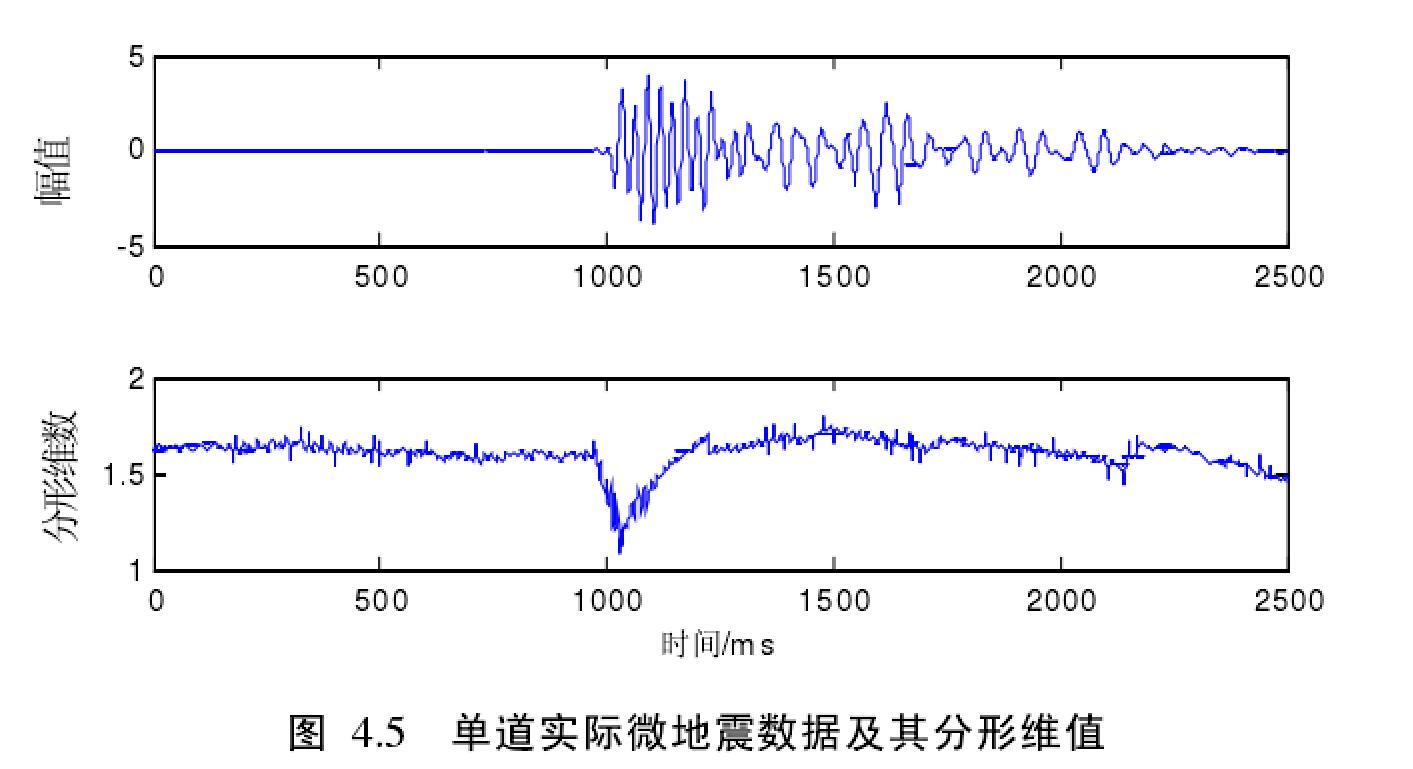
代码实现
#include <bits/stdc++.h>
using namespace std;
#define N 150 //N为要拟合的数据的个数
float X[510];
float Y[510];
float K=0; //拟合直线的斜率
float R=0; //拟合直线的截距
float x_sum_average=0; //数组 X[N] 个元素求和 并求平均值
float y_sum_average=0; //数组 Y[N] 个元素求和 并求平均值
float x_square_sum=0; //数组 X[N] 个个元素的平均值
float x_multiply_y=0; //数组 X[N]和Y[N]对应元素的乘机
float Squre_sum(float c[N]) ;
float Sum_Average(float d[N]);
float X_Y_By(float m[N],float n[N]);
float Squre_sum(float c[N]);
float Line_Fit();
struct Data{
double x;
double y;
double z;
double ratio;
};
float Line_Fit(){
x_sum_average= Sum_Average(X);
y_sum_average= Sum_Average(Y);
x_square_sum = Squre_sum(X);
x_multiply_y = X_Y_By(X,Y);
K = ( x_multiply_y - N * x_sum_average * y_sum_average)/(x_square_sum - N * x_sum_average*x_sum_average );
R = y_sum_average - K * x_sum_average;
return K;
}
float Sum_Average(float d[N]){
unsigned int i=0;
float z=0;
for(i=0; i<N; i++) {
z = z + d[i];
}
z = z/N;
return z;
}
float X_Y_By(float m[N],float n[N]){
unsigned int i=0;
float z=0;
for(i=0; i<N; i++)
{
z = z + m[i]*n[i];
}
return z;
}
float Squre_sum(float c[N]){
unsigned int i=0;
float z=0;
for(i=0; i<N; i++) {
z = z + c[i]*c[i];
}
return z;
}
int main(){
Data data1[20000];
// 开始读取
ifstream in("outxyz.txt");
string filename;
string line;
int cnt=0;
double tmp;
if(in){
while (getline (in, line)){
cnt++;
stringstream ss;
ss << line;
ss >> tmp;
if(cnt%3==1){
tmp=tmp*10000;
data1[cnt/3].x=tmp;
}else if(cnt%3==2){
tmp=tmp*10000;
data1[cnt/3].y=tmp;
}else{
tmp=tmp*10000;
data1[cnt/3].z=tmp;
}
}
}
else{ cout <<"no such file" << endl; }
// 读取结束
// 分型计盒维数
float K=0;
float linelength=0,steplength=0; //记录步长和曲线长度
for(int i=0;i<=14999;i++){
for(int len=1;len<=151;len++){
double tmp4=0;
tmp4=data1[i].x;
for(int j=1;j<=len;j++){
tmp4+=data1[i+j].x;
}
linelength=fabs((float)tmp4);
steplength=fabs((float)len);
Y[len-1]=log10(linelength);
X[len-1]=log10(steplength);
}
K=Line_Fit();
data1[i].ratio=(double)K;
}
// 算法结束
// 输出
FILE *f1;
f1=fopen("ratioout.txt","w");
for(int i=0;i<=14999;i++){
fprintf(f1,"%llf\n",data1[i].ratio);
}
fclose(f1);
// 输出结束
return 1;
}
- 绘图
import matplotlib.pyplot as plt
import string
fo1=open("C:\\Users\\13994\\Documents\\vscode\\c++\\ratioout.txt", "r")
fo2=open("C:\\Users\\13994\\Documents\\vscode\\c++\\outxyz.txt", "r")
cnt=1
yl1 = [0] #aic曲线
yl2 = [0]
xl = [1]
# 读取分形维输出数据
str1 = fo1.readlines()
for eachline in str1:
ct1 = float(eachline)
#ct1=ct1/10
ct1=ct1+1
yl1.append(ct1)
xl.append(cnt+1)
cnt = cnt+1
# 读取原数据s
cnt=0
str2 = fo2.readlines()
for eachline in str2:
ct1 = float(eachline)
cnt=cnt+1
if(cnt%3==1):
ct1=ct1*20000
yl2.append(ct1)
#print(ct1)
fo1.close()
fo2.close()
plt.plot(xl,yl1,label='ratio',c='red')
plt.plot(xl,yl2,label='raw',c='black')
plt.xlabel('time(ms)')
plt.ylabel('Aplitude')
plt.title('Fractal dimension calculation method')
plt.legend()
plt.show()